|
No, this is not an invasion of the pod people, this is a Wild Ginger plant.
The Wild Ginger (Asarum canadense) is a native wildflower to the Eastern US blooming in early spring then creating a wonderful ground covering later in the season. This has made it an attractive plant for home gardens that get a lot of shade. Remember, it is illegal to harvest wildflowers from local or national parks/forests without obtaining a permit! If harvesting from private property, only do so with the express permission of the landowner. Support your local native plant nursery by purchasing plants that have not been wild collected is a very good option. Hidden in at the base of the two broad leaves is a tiny purple/brown flower. "The color and the location of the flower have an unusual and interesting story. The flower evolved to attract small pollinating flies that emerge from the ground early in the spring looking for a thawing carcass of an animal that did not survive the winter. By lying next to the ground flower is readily found by the emerging flies. The color of the flower is similar to that of decomposing flesh. Whether these flies pollinate the flower or not is in some dispute. Never the less they do enter the flower to escape the cold winds of early spring and to feast upon the flowers pollen. Some of the pollen attaches to their bodies and is taken with them when they visit the next flower." The root of this plant gives off a ginger-like aroma, but it is not recommended for consumption. It is a completely different plant from the ginger root which you can purchase at the store (which is safe for consumption). The leaves of this plant may also cause irritation (which I found out the hard way) with a light nettle-like sting. Look for broad pointed pairs of leaves in shady/partly shady wooded areas, to identify follow the stems to the base to see the unmistakably unique flower of this awesome wildflower.
0 Comments
No, this is not an invasion of the pod people, this is a Wild Ginger plant. The Wild Ginger (Asarum canadense) is a native wildflower to the Eastern US blooming in early spring then creating a wonderful ground covering later in the season. This has made it an attractive plant for home gardens that get a lot of shade. Remember, it is illegal to harvest wildflowers from local or national parks/forests without obtaining a permit! If harvesting from private property, only do so with the express permission of the landowner. Support your local native plant nursery by purchasing plants that have not been wild collected is a very good option. Hidden in at the base of the two broad leaves is a tiny purple/brown flower. "The color and the location of the flower have an unusual and interesting story. The flower evolved to attract small pollinating flies that emerge from the ground early in the spring looking for a thawing carcass of an animal that did not survive the winter. By lying next to the ground flower is readily found by the emerging flies. The color of the flower is similar to that of decomposing flesh. Whether these flies pollinate the flower or not is in some dispute. Never the less they do enter the flower to escape the cold winds of early spring and to feast upon the flowers pollen. Some of the pollen attaches to their bodies and is taken with them when they visit the next flower." The root of this plant gives off a ginger-like aroma, but it is not recommended for consumption. It is a completely different plant from the ginger root which you can purchase at the store (which is safe for consumption). The leaves of this plant may also cause irritation (which I found out the hard way) with a light nettle-like sting. Look for broad pointed pairs of leaves in shady/partly shady wooded areas, to identify follow the stems to the base to see the unmistakably unique flower of this awesome wildflower. |
AboutSince 2015 we have been exploring and sharing all the amazing things we’ve found in nature. AuthorEmily is an Ohio Certified Volunteer Naturalist who is most often found out in the woods. Archives
June 2024
Categories
All
|
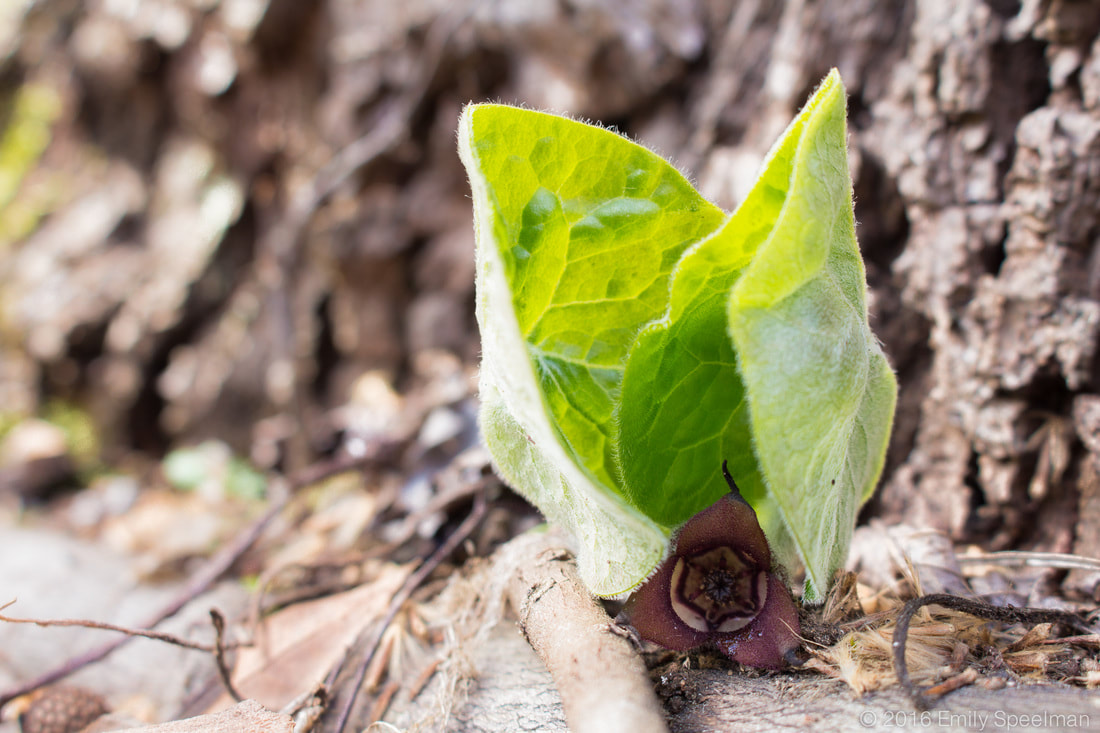
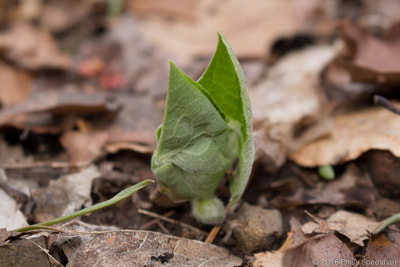
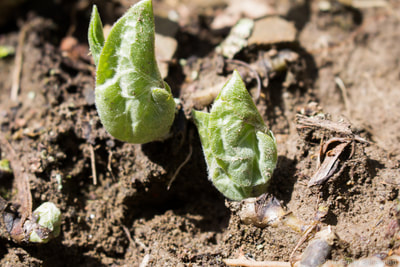
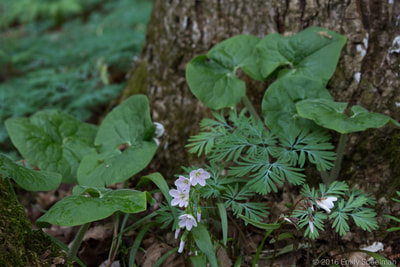
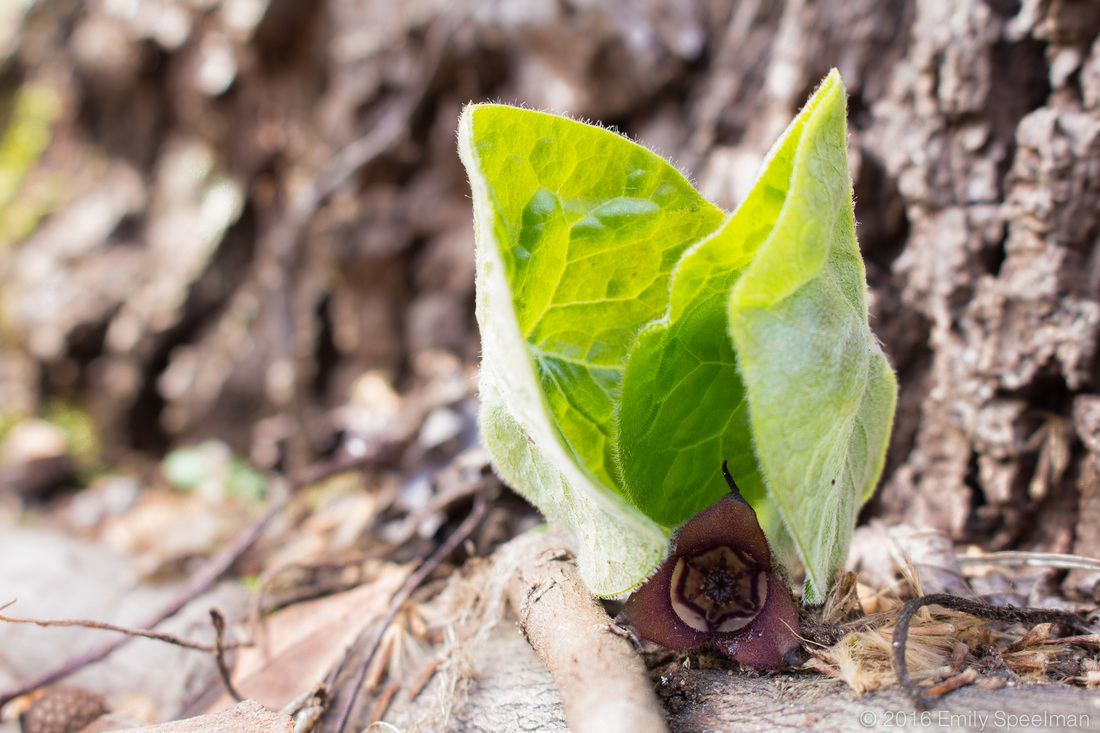
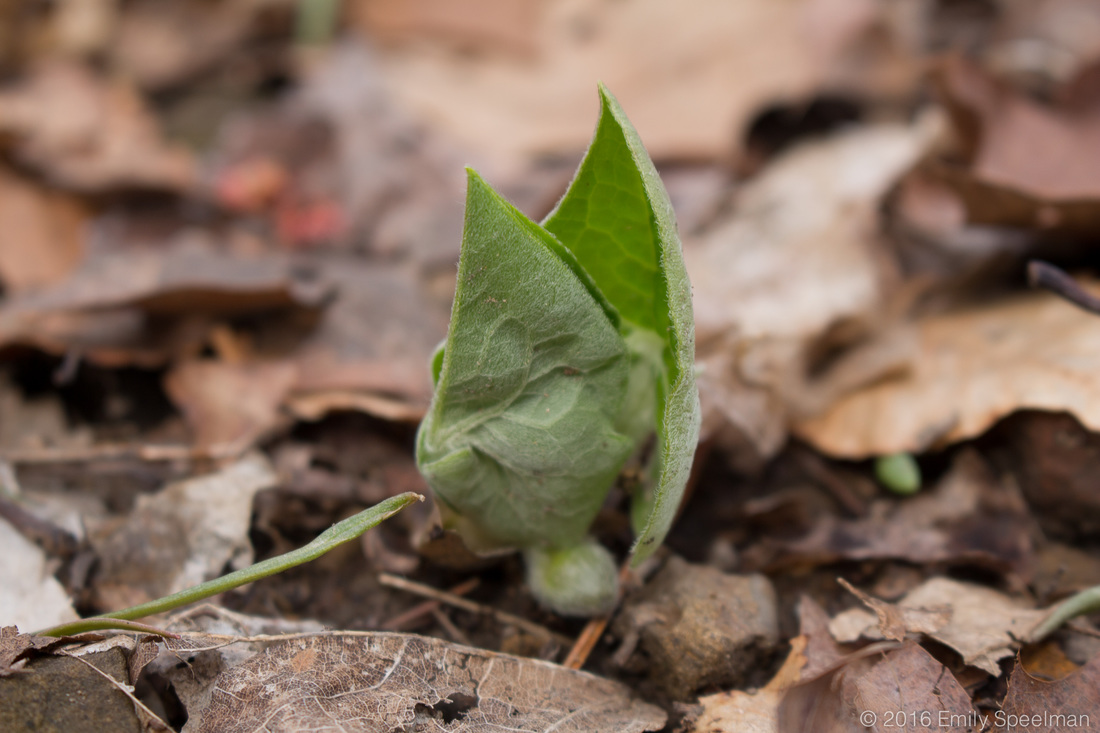
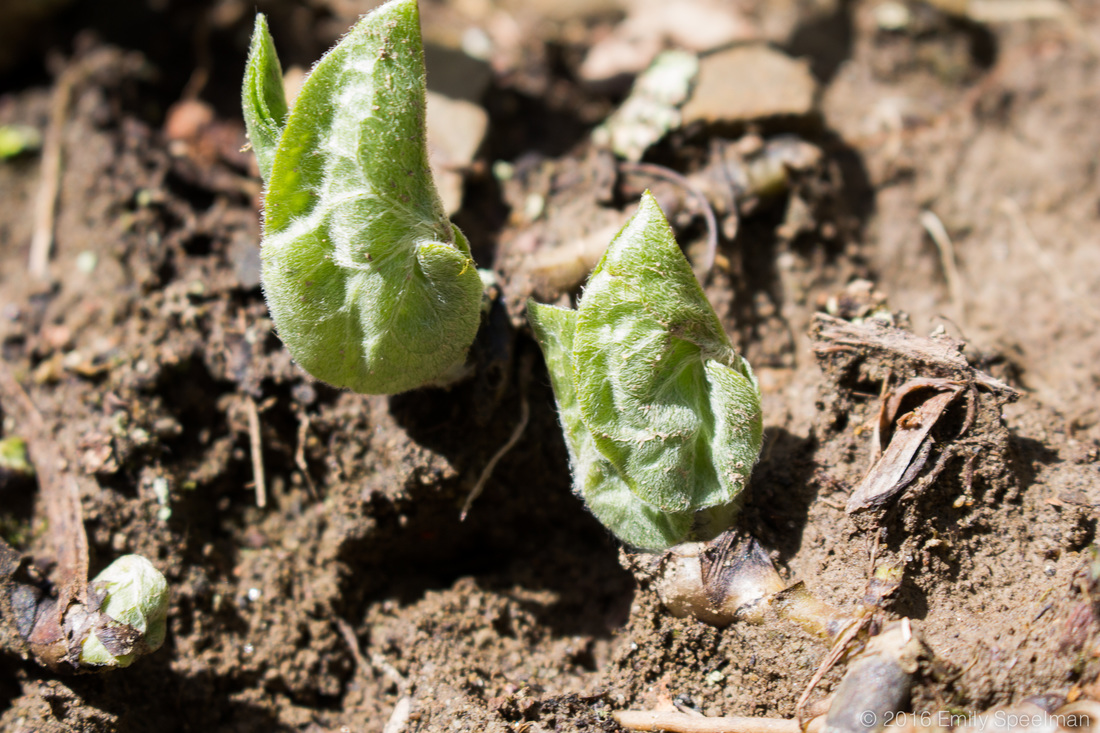
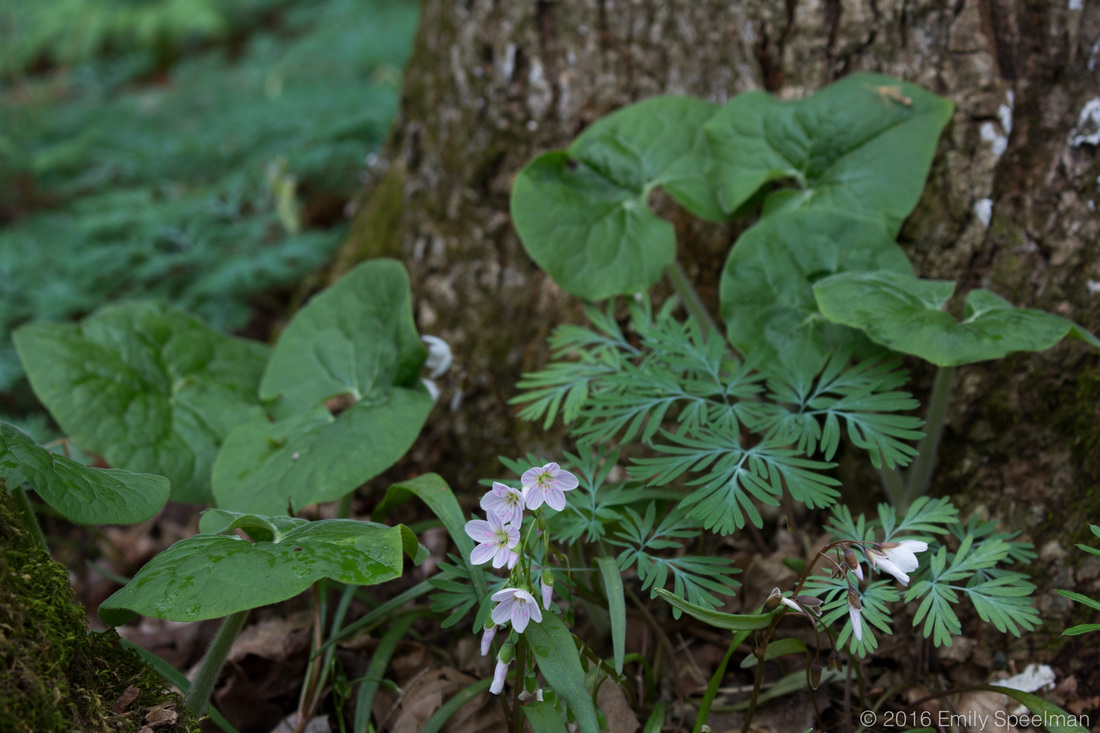
 RSS Feed
RSS Feed